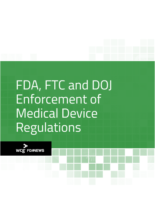
Home » Vasc-Alert Surveillance Identifies High Risk of Stenosis in Dialysis Patients
Vasc-Alert Surveillance Identifies High Risk of Stenosis in Dialysis Patients
In a postmarket study, Vasc-Alert’s surveillance technology successfully identified high-risk dialysis patients, a group seven times more likely to experience blood vessel narrowing, researchers reported in the Journal of Vascular Access.
Vasc-Alert is an FDA-approved device used for surveillance of dialysis access dysfunction. Its proprietary algorithm uses data collected by the dialysis machines, including arterial and venous pressures, to calculate the pressures in the vascular access.
In the study, conducted at Henry Ford Hospital in Detroit, 38 patients receiving dialysis through arteriovenous access were given physical and ultrasound exams. The researchers then compared the results to Vasc-Alert’s Access Risk Score. The results were matched to a corresponding 1 to 10 access risk score, with each increase in score indicating a higher risk that the patient will experience stenosis.
The high-risk group included 20 patients. The final analysis showed that patients identified with high-risk scores were seven times more likely to experience stenosis than patients with low-risk scores.
Upcoming Events
-
23Apr
-
25Apr
-
07May
-
14May
-
30May

